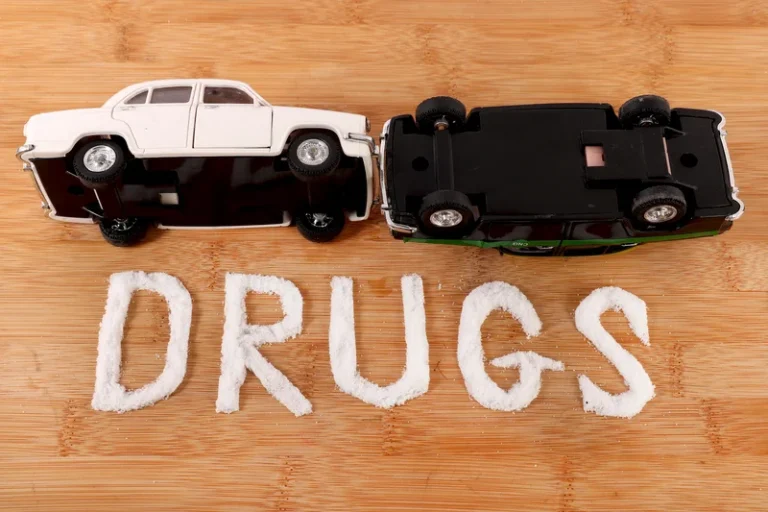
However, the extent to which your rehab stay will be covered depends on your insurance policy, copay, and deductible. Earlier this year, Ottawa announced that it was reducing the number of international student permits in response to the housing shortage and cost of living. Last month, the Council of Ontario Universities said the limit could cost Ontario schools close to $1 billion in revenue. If any items are found, they will be confiscated and the student will be subject to disciplinary action.
- However, any misuse of any substance has the potential to lead to the development of a substance use disorder.
- Going further, our findings should higher education administrators to consider not just the academic preparation of different college majors for career success in terms of job placement and salary, but also the preparation of different majors for life success in terms of health behaviors.
- In 2017, an estimated8.8 millionyoung adults ages 18–25 struggled with a mental health disorder.
- The interventions are designed to change student knowledge, attitudes, and behaviors related to alcohol so they drink less, take fewer risks, and experience fewer harmful consequences.
College Students and Drug Abuse
Inpreparing for college, few students plan for how they’ll handle drug or alcohol use, but this kind of planning may be necessary, given the rise of substance use disorders among college students. Eating disorders can be mentally and physically devastating, and college students should be aware of the signs and symptoms of common eating disorders like anorexia and bulimia. Although they are harmful diseases, eating disorders are highly treatable.Eating disorder treatmentis offered at several locations of The Recovery Village, and representatives on theeating disorder hotlineare available to answer questions and guide people toward effective rehab programs. Many people, including college students, may misunderstand the difference between normal drinking behaviors andbinge drinking. For women, binge drinking means consuming four or more standard drinks within two hours. Problematic alcohol use in college, like heavy drinking and binge drinking, can mean short-term ailments and long-termnegative health effects, including the development of an alcohol use disorder, which may require professional treatment to heal from.

Do I Have a Lortab Addiction? How to Recognize the Signs
This figure accounts for eating disorders in college students, which can include anorexia nervosa, bulimia nervosa and binge eating disorder. These conditions are not only widespread, but are alsocommonly misunderstoodand dismissed as not serious. Major depressive disorder is an extremely common mental health condition in America, and depressioncontributes to numerous suicide deaths among celebritieseach year. Among college-age adults, approximately4.6 millionadults struggled with a major depressive episode in 2018. The drug MDMA, which is commonly calledecstasyor molly, is an illicit stimulant drug.
How Long is Rehab? (Will I Have to Leave School?)
While all these circumstances offer opportunities for growth, they may also result in stress that precipitates the onset or recurrence of psychiatric disorders. Finally, and more broadly, the findings from this study suggest a conceptual reconsideration of the role of education in social epidemiology theory and research. Most social epidemiological research focuses on the health benefits of education, which have been largely understood to mean only educational attainment. Indeed, it has been well documented that college graduates are healthier and exhibit more healthy behaviors than those with less education 58,59,60,61,62. College graduates differ from non-graduates because they have spent a substantial amount of time in educational settings. Yet, the literature has less to say about what experiences in that educational setting make a difference for later health behaviors.

Mental health and drug use in college students: Should we take action?

College is intended to be an era of self-discovery, independence, and experiencing what the world has to offer. But for so many students, the weight of expectations placed Substance Abuse In College Students on them by parents, teachers, other students, society, and even themselves, sometimes makes these college years incredibly challenging. Fiji LDS Church College Principal Cheryl Bhan says the students have shown resilience, overcoming challenges, including the loss of a classmate earlier this year. Sixty-eight students from Fiji LDS Church College in Tamavua graduate today, marking a major milestone in their lives.
There were no differences in the odds of having at least one mood or anxiety disorders between college students and their non-college-attending peers. Overall, personality disorders were significantly more common among individuals who had not attended college than among college students of the same age. When examined individually, avoidant, dependant, paranoid, schizoid, and antisocial personality disorders were significantly less common among college students than among non-college-attending individuals. Odds for history of Conduct Disorder were significantly lower in the college-attending population.


The Biden administration proposed expanding coverage of weight loss medication to Medicaid and Medicare recipients. A row is brewing between the White House and Robert F Kennedy Jr after the Biden administration proposed making millions of Americans eligible for government-funded weight-loss drugs. “American companies tend to make food that is fit for the average healthy American adult, whereas we have many vulnerable populations,” one food safety expert said. In virtually all late-term abortions, the mother’s life or health is in danger, and in that case, he doesn’t want the government making the decision for her, he said.
Addiction
- For more information on individual- and environmental-level strategies, visit NIAAA’s CollegeAIM (which stands for College Alcohol Intervention Matrix) guide and interactive website.
- SAMHSA offers free, downloadable publications and tip sheets, as well as mobile apps for youth, teens, and young adults on topics such as substance misuse, common mental health conditions, and coping with disasters and other traumatic events.
- The single most common mental health condition in America, anxiety disorders affect almost40 million adultseach year, including college students.
- However, in order to truly know whether or not these programs really help college campuses and students with substance abuse problems, more research about impact would need to be completed.
- Revised and updated in 2020, CollegeAIM rates more than 60 alcohol interventions for effectiveness, cost, and other factors—and presents the information in a user-friendly and accessible way.
- First, since students do not randomly select into their major, the results are not causal.
SAMHSA offers free, downloadable publications and tip sheets, as well as mobile apps for youth, teens, and young adults on topics such as substance misuse, common mental health conditions, and coping with disasters and other traumatic events. The 2018 Monitoring the Future College Students and Young Adults survey shows trends in the use of marijuana, alcohol, nicotine, and synthetic drugs in college students and non-college peers. To avoid binge drinking and its consequences, college students (and all people who drink) are advised to track the number of drinks they consume over a given period of time. There are not many reports from CollegeAIM regarding the impact, the amount of students and campuses that are exposed to these trainings, and how many students continue to have lower levels of substance abuse after a year.
Revised and updated in 2020, CollegeAIM rates more than 60 alcohol interventions for effectiveness, cost, and other factors—and presents the information in a user-friendly and accessible way. Research shows that students who choose not to drink often do so because their parents discussed alcohol use and its adverse consequences with them. Other consequences include suicide attempts, health problems, injuries, unsafe sexual behavior, and driving under the influence of alcohol, as well as vandalism, damage, and involvement with the police. Last month, Seneca Polytechnic announced it was temporarily closing its Markham campus due to the cap on international student permits.
For more information, please visit: collegedrinkingprevention.gov/CollegeAIM
Although college students may show less substance use than non-students in the same age range 2, it remains true that smoking, heavy alcohol use, and illicit drug use are not uncommon 3,4,5 among college students and are considered pressing health issues 6. O’Mally and Johnston’s 7 influential study shows a high prevalence of heavy alcohol use and smoking among college students, with only a slight improvement from 1980 to late 1990. Even the most recent national survey data suggest that substance use remains a pressing health concern of the college-age population. The national Monitoring the Future 2018 survey indicates that among full-time college students in the United States, 15.3% have used cigarette, 29% are heavy alcohol users, and 24.7% have used marijuana during the past 30 days 4.
